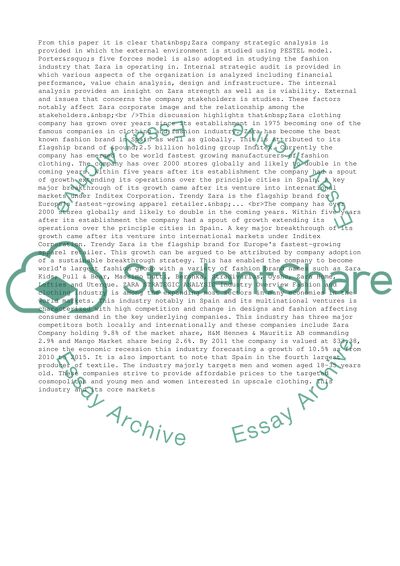Cite this document
(“Zara Fashion Company Case Study Example | Topics and Well Written Essays - 6250 words”, n.d.)
Retrieved from https://studentshare.org/business/1404043-zara-case-study
Retrieved from https://studentshare.org/business/1404043-zara-case-study
(Zara Fashion Company Case Study Example | Topics and Well Written Essays - 6250 Words)
https://studentshare.org/business/1404043-zara-case-study.
https://studentshare.org/business/1404043-zara-case-study.
“Zara Fashion Company Case Study Example | Topics and Well Written Essays - 6250 Words”, n.d. https://studentshare.org/business/1404043-zara-case-study.


